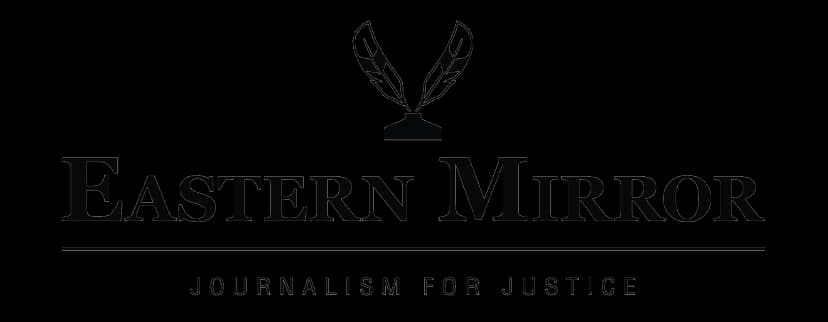WEDNESDAY, SEPTEMBER 17, 2025
- Home
- The Education Debacle in Nagaland
The Education Debacle in Nagaland
Published on Oct 15, 2020
Share
Since the dawn of the century in the new millennium, the one catchphrase in Nagaland was that government jobs are saturated. At present, although we are just a few months away from starting the third decade of the century, Nagaland still is plagued with the question of excessive recruitments. The recent fracas with regard to the mainstreaming of SSA and RMSA teachers into state services is one such instance and a major issue as the numbers are substantial in an already over-staffed department.
To cut the clutter, retrospective it may be but the government should initiate an inquiry and book all those officials in the department responsible for the advertisements without mentioning SSA/RMSA. The school education department also needs to clean up its own house by making sure that such bad apples are removed once and for all. An excellent teacher may not always be a good manager and so the department needs to think wisely while promoting educationists who may have excelled in their profession, to sit as clerks pushing files in the directorate and the district education offices. A smart lower rung public servant, and in the case of Nagaland, a probable irregular appointee can easily manipulate a simple officer who spent his entire lifetime just teaching. Next, if there were any appointments from 2010 till now without advertisement, the department also should clean that up in line with the apex court’s ruling on the Uma Devi case.
Now the issue at hand; according to the government there are 11000 excess teachers in the state. The teacher-student ratio stands at 1: 9 which is one of the best in the country but it is no doubt a sham because there are schools with zero enrolment and schools where there are more teachers than students. To understand the scenario better, the recent U-DISE report of Nagaland indicates that the percentage of schools with more than 10 teachers is 77.83%. On the contrary in the neighbouring states, the percentage of schools with more than 10 teachers is all below 50%—Manipur 48.79%, Meghalaya 15.23%, Mizoram 26.72% and Assam 34.60%. Nagaland is slowly becoming the laughing stock of the country after all this data became public.
The Sarva Siksha Abhiyan (SSA) was launched by the Union government through the Ministry of Human Resource Development (MHRD) to make universally free and compulsory primary education. Later, the Rashtriya Madhyamik Shiksha Abhiyan (RMSA) was also started for secondary education. Since both the programmes were very ambitious and required huge resources, the government had to levy a cess on all central taxes and other excise duties. For the people of Nagaland, where income tax is exempted, this education cess may have been the first to levy for a particular scheme that the public of Nagaland paid with their knowledge along with their phone bills. The moot point is that it is the taxpayer’s money that funded the SSA and RMSA. For cash-strapped state of Nagaland that was barely managing to pay salaries and pensions added to it a population that wanted nothing but a job in the public sector, a scheme of such a scale was quite favourable.
In order to capitalise on it whether it was the applicant or the public servants with interests from Grade III up to the elected representatives it was backed by data. In the census of 2011, Nagaland showed a huge decadal growth rate. All thanks to multiple enumeration by villages to make up for the decrease in population due to migration to urban areas. Some are also driven by positive electoral prospects as a higher census is directly proportional to bigger number in the electoral roll. The state with a population that professes truth based on Christian values lied and continues to lie when it comes to numbers. Numbers are increased and decreased according to the whims and fancies of a certain group, village, tribe or organisation. So in Nagaland, some of the social welfare departments like Rural Development, Urban Development, Social Welfare etc., all have varying data. It is noteworthy that the state government therefore had to reject the census of 2001, a big and bold step indeed. However, since there was no relevant data, Nagaland benefitted from the inflated census and so each and every village or hamlet had one school whether there were students or not and thud the current mess. In Nagaland it was not universalisation of education but in fact universalisation of employment.
At the moment, the government is not in a position to bring all the SSA and RMSA to state service, that is a foregone conclusion. During the early years of the SSA, there used to be a programme where children of under-privileged parents were mainstreamed into regular schools after letting them attend various alternative schooling. It is an irony that in Nagaland we have to mainstream the teachers instead as there are no students!

